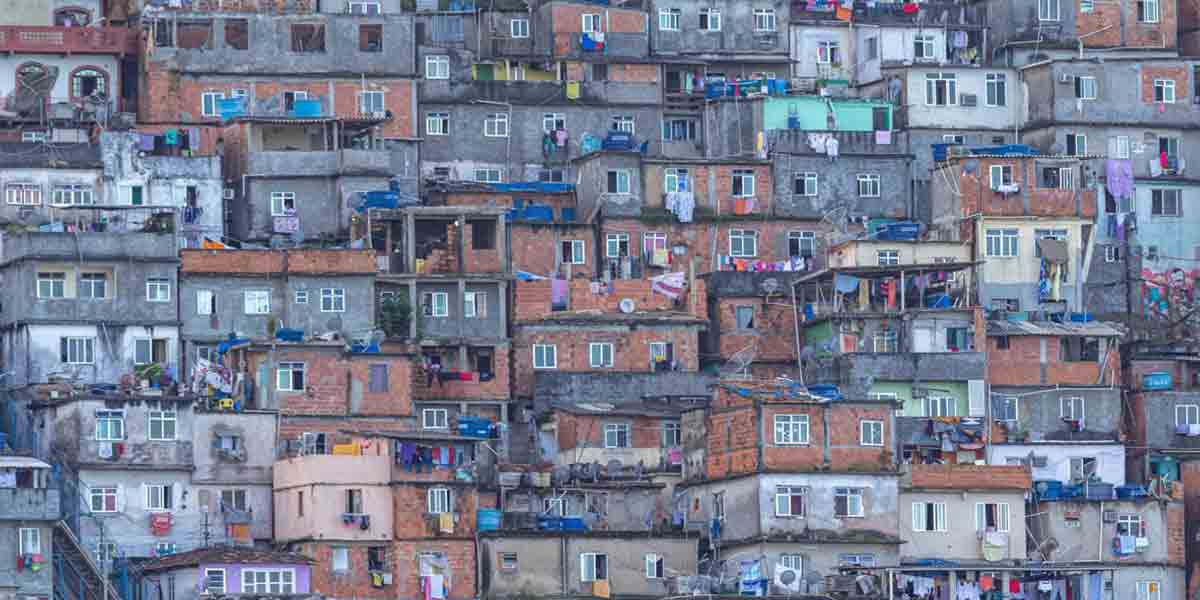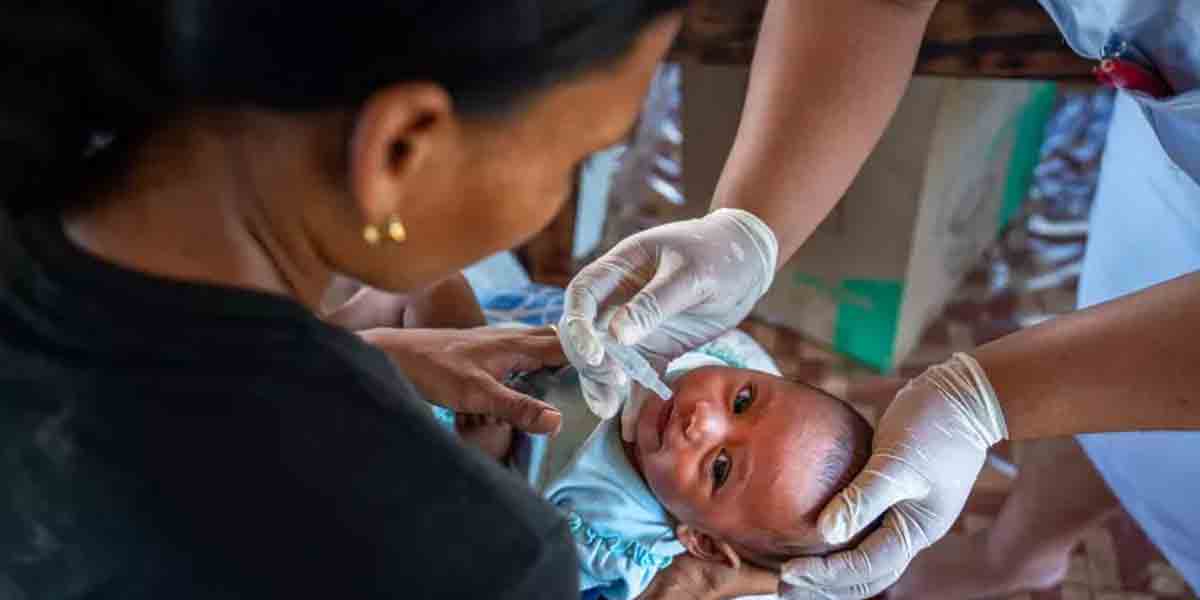 By Joshua Corcuera
By Joshua Corcuera
The COVID-19 pandemic, one year and a half later, continues to affect Philippine society in various ways. From an economy struggling to recover from recession, to classes — at least here in where I study — being held online.
It is apparent that the public health crisis is not merely a health crisis, but rather a dilemma of multiple dimensions. Arguably, however, the ubiquitous presence of people wearing face masks — and yes, face shields — is the most obvious way society was altered by an enemy invisible to the naked eye.
Yet, as millions receive their jab against COVID-19, some might be wondering whether they can stop wearing masks at all. And are face shields really helpful in preventing the spread of COVID-19?
According to Lisa Maragakis, infection prevention expert from Johns Hopkins Hospital, wearing a face mask and physical distancing of at least 6 feet are sufficient to protect someone from the coronavirus.
She added that, “in general, you do not need a face shield in public settings if you are fully vaccinated or wear a mask and maintain physical distancing.” Similarly, the United States Centers for Disease Control and Prevention (CDC) does not recommend face shields as substitutes to face masks.
However, hospital workers usually wear face shields or similar types of eye protection because of their close proximity to symptomatic patients.
Despite this, wearing face shields remains mandatory in the country whereas many parts of the world strictly emphasize the correct wearing of face masks. Highly vaccinated nations, meanwhile, start dropping mask-wearing mandates in open spaces.
On the other hand, being fully vaccinated against COVID-19 does not mean one can be mask-free outdoors. The emergence of new variants — which may be more contagious such as delta — reinforces the need to keep wearing masks.
Several studies have suggested that the variant is roughly 60% more transmissible than alpha, which was found to be even more contagious than the original strain of COVID-19 first found in Wuhan in late 2019. As of writing, delta has spread to more than 85 countries globally.
With such devastating news which may setback progress on vaccinations, the rise of delta reminds the-powers-that be here in the Philippines as well as in foreign countries to accelerate vaccination programs further. This is to ensure not only to protect the population, but also to prevent strict lockdowns this 2021 especially that the economy and people’s livelihoods have taken a toll.
Mariangela Simao, assistant director-general of the WHO, stated in a press briefing last June 25 that people need to continue wearing masks. “This [mask-wearing] still continues to be extremely important,” Simao said, “even if you’re vaccinated when you have a community transmission ongoing.”
To prevent further transmission, achieving herd immunity by inoculating at least 70% of the population is crucial.
As of July 18, more than 14.5 million vaccine doses have been administered in the country. From this number, over 4.3 million Filipinos have been fully vaccinated, around 4% of the country’s population.

























